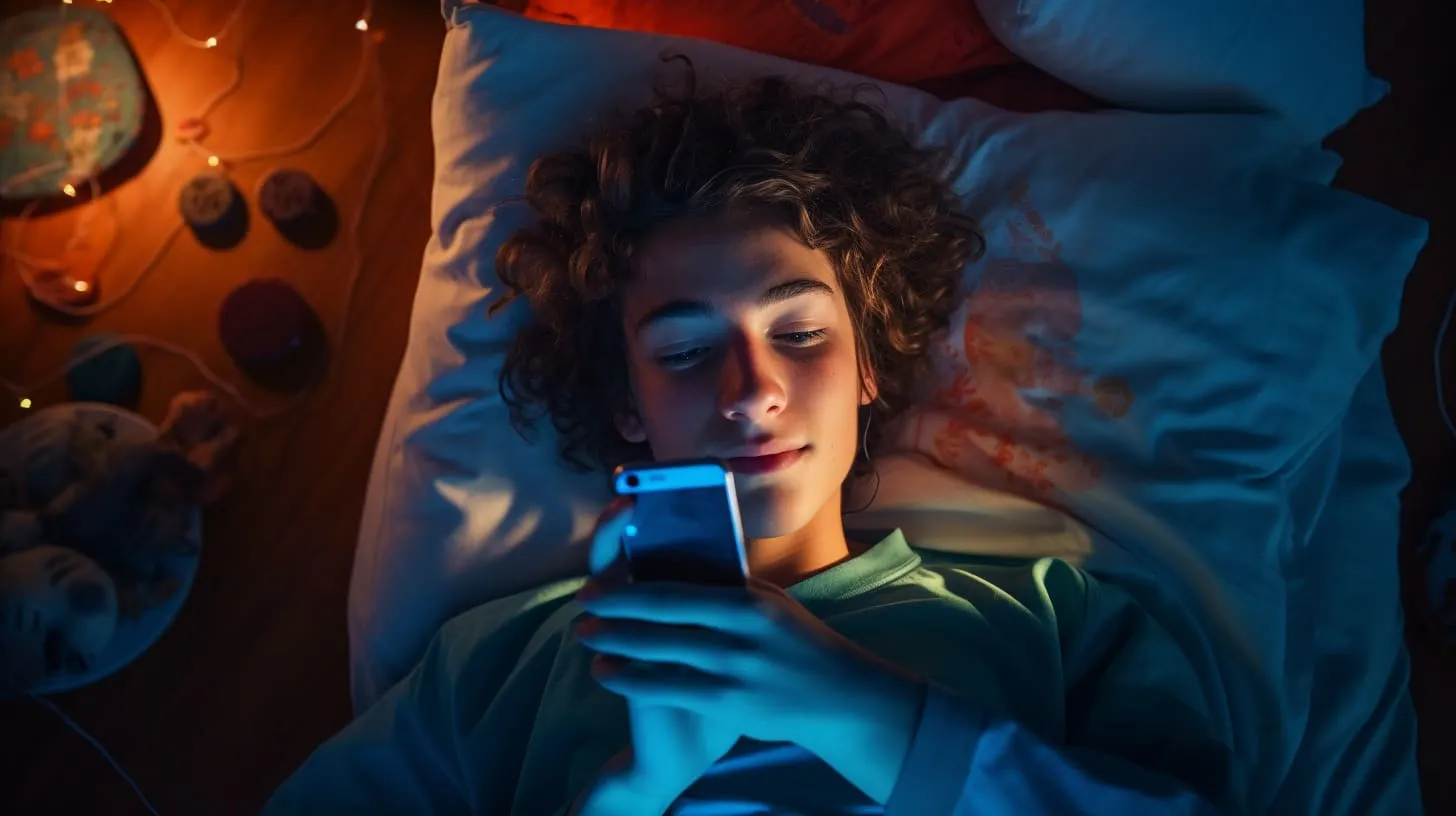
Introduction: a parent’s confusion in the age of TikTok
Imagine sitting in the living room, and your teenager laughs while watching a TikTok video. They mumble about an “NPC moment” and swipe to the following clip. You ask, “What’s so funny?” They roll their eyes: “You wouldn’t get it.” In that instant, the world inside their phone feels as foreign to you as another planet.
Many parents across Europe feel the same. TikTok now has 238 million users in Europe. In Germany, over 53% of Gen Z actively use the platform. A Spanish study found that 1 in 5 adolescents spend more than two hours daily on TikTok—even more among girls.
Yet beneath the viral dances and memes lies a more profound reality: TikTok is reshaping how young people learn, communicate, and form opinions. The question isn’t whether parents should ban or ignore it—but whether they can begin to understand it.
Social media’s evolution: how we got here
Each generation has its platform. Gen X explored email and early forums. Millennials championed Facebook. But Gen Z inhabits a more fragmented, real-time digital world:
- Facebook? That’s for their parents.
- Instagram? More curation than spontaneity.
- X (formerly Twitter)? News-focused but too text-heavy.
- Snapchat? Private, but culturally peripheral.
Then came TikTok—fast, viral, and deeply immersive. It surpassed Meta’s platforms among young users because of its content and logic: you don’t follow the content; the content follows you.
Why is TikTok so powerful? The psychology of engagement
TikTok’s real power lies in its “For You Page” (FYP), a personalized, algorithm-driven feed. You don’t need to follow anyone. The app learns what you like and tailors content accordingly.
Sociologists compare this to a digital casino. Each swipe is like pulling a slot machine lever, offering instant novelty. As a result, hours vanish without notice. This has profound implications: How much control do young users have over their consumption?
Should parents download TikTok? A social experiment
The best way to understand TikTok is to try it. But be prepared: you won’t see what your child sees.
TikTok’s algorithm creates a unique FYP for each user. For example, a parent might see cooking hacks or travel vlogs. A teen’s feed could include memes, beauty content, or gaming clips. There is no universal TikTok—only algorithmic bubbles.
This makes parental supervision complex. You can’t oversee one shared feed—you need to understand how the feed shapes your child.
Can we make TikTok safer? parental dilemmas
TikTok is powerful, but it’s not without risks:
- Screen addiction: A 2023 study in Spain found that 1 in 5 adolescents spends over two hours daily on TikTok, contributing to stress and anxiety.
- Self-image pressure: Filters and influencer culture promote unattainable beauty standards.
- Misinformation: The algorithm can create echo chambers and spread false narratives.
- Harmful content: In France, seven families sued TikTok in 2024 for exposing teens to self-harm and disordered eating content.
What can parents do?
- Use Family Pairing to set screen limits and content restrictions.
- Talk about digital literacy and how to question online content.
- Set boundaries together, not unilaterally.
- Follow their favorite creators to show curiosity, not control.
Tiktok and education: the unexpected learning tool
Despite its controversies, TikTok is increasingly used for learning:
- Language acquisition: The OECD reports that many teens improve their English via TikTok.
- STEM content: A dedicated STEM feed promotes science and tech content.
- University outreach: European universities now use TikTok to connect with prospective students.
So, is TikTok educational or just another distraction? The truth lies in how it’s used. Like any tool, TikTok can be beneficial—but only if young users are taught to navigate it critically.
From confusion to connection
TikTok isn’t just a platform—it’s a language, a culture, and a lens through which Gen Z sees the world. For parents, understanding that world doesn’t mean total immersion or control. It means asking the right questions, staying curious, and guiding—not policing—digital habits.
Ultimately, the best way to bridge the generational divide might start with a straightforward gesture: “Show me that TikTok you liked so much.”
Frequently asked questions (FAQ)
Bridge the Gap with 20something
At 20something, we help schools, parents, and organizations decode the fast-evolving digital lives of Gen Z and Gen Alpha. Through engaging keynotes, interactive workshops, and eye-opening inspiration sessions. Whether you’re a school leader, parent association, or educator looking for clarity, we’ll bring the insights. You bring the questions.
Book a talk or training session today—and start the conversation.
Let’s turn confusion into connection.
You may also like these articles
Explore our collection of articles decoding youth culture, Gen Z, and Gen Alpha.







